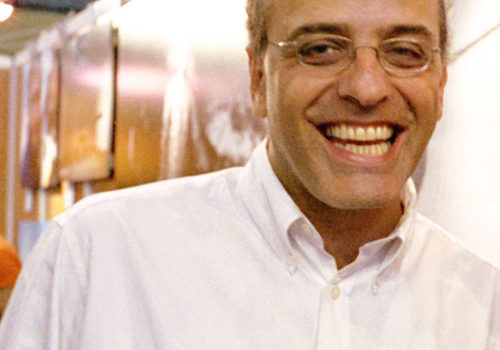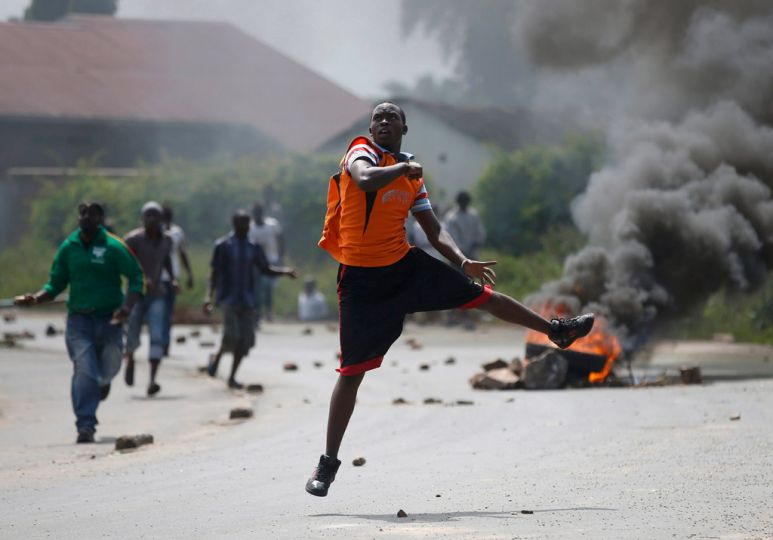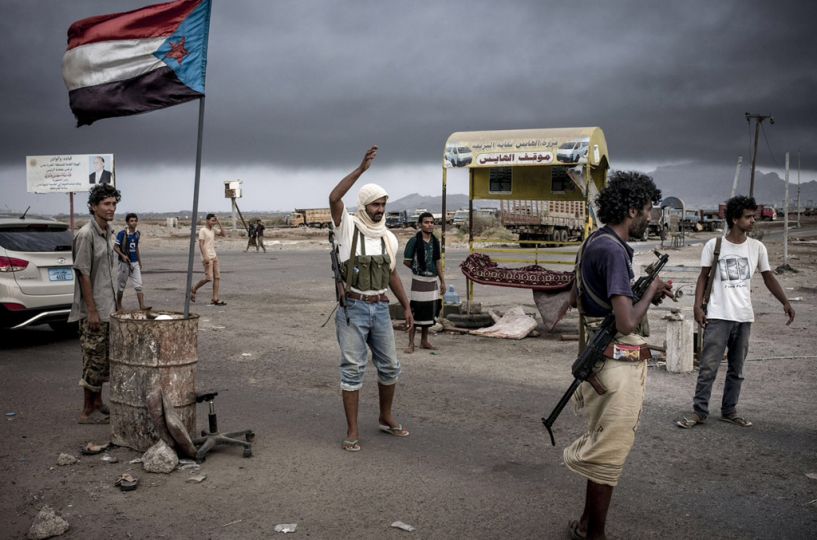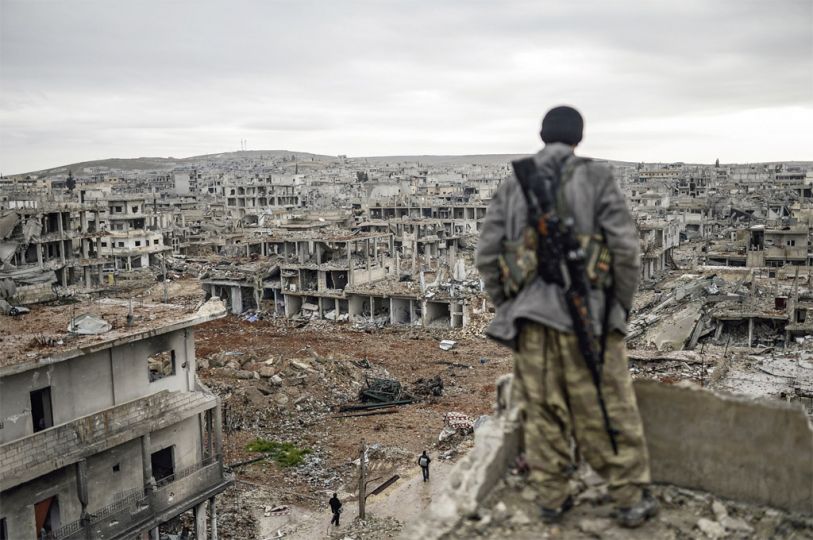Photojournalism Today and Its Future
How, Where and Whit Whom.
We live in a world in which photography is experiencing the highest peaks in popularity and diffusion. The sharing of Internet and its social networks, new platforms that exist mainly because of their link to photography like Instagram, the fact that any single citizen of the world is a photographer (with his cellphone) is something we never had before and has changed significantly the way how we live.
At the same time and in the same years, the professional photojournalists are living the toughest difficulties ever, since it has become very hard to get commissioned work and it seems that the market does not have a place for professional photojournalism. All this seems to be a contradiction, and the result could bring to the sentence that when everybody is a photographer nobody could be a professional photographer. Is that true? Will it stand like that for many years ahead?
Good photojournalism will always exist. This is a fact. You need sensitive witnesses, who capture life in strong images, in pictures that you will remember for ever. A great challenge in times in which we are submerged with pictures. A challenge that today young photojournalists are taking on more and more, though mostly without assignment: without money and guaranteed publishing options in their back, young photojournalists head out looking for their stories. With great enthusiasm and at often great personal risks they give small and big stories a face.
As stated in the Emerge website (http://www.emerge-mag.com): The important issues we deal with largely remain the same; the narrative forms change year after year. A modern photojournalist often has to manage them all: the classical print story, the audio-slideshow and increasingly even the moving image. A modern photojournalist knows how to use various forms of presentation.
They have learnt how to deal with all this, from still photography to their own videos, from web-docs to new ways to present images, using all the potential of new technologies. A contemporary photojournalist should be at the same time commissioner to himself, providing the money to produce stories to sell, an art director of his own work, in order to present it in the best and most updated way, a web designer, post producer, video maker, writer, designer…
Isn’t the market asking too much to photojournalists?
The difficulty to do this job in these days is matched by the similar difficulty of the writing journalists: they have to do 2 or 3 jobs at once, providing reports for the same story few times every day, for the printed paper, the web version and in many cases also filling their blogs and video pieces for the TV version. So the crisis of Photojournalism is the same crisis of Journalism in general
The publishers seek desperately for money in a time in which advertising incomes have dramatically reduced, the sale of copies has gone down since the general public look for free information on the Internet and all the problems we know about. And the digital era has generated so many changes and it’s a hard difficulty to make correct predictions of where the market will go. A good photojournalist today should be able to comprehend all this, but how can he do that without almost any commissioned work, very few assignments, a competition that is harder every day?
In a recent book that we have published at Contrasto, “Gold Medals” – an anthology of all winning images of the last 60 years in five important contests (World Press Photo, Robert Capa Gold Medal, Eugene Smith Grant, Oscar Barnack Award, Visa d’Or Feature Award) – we have published the pictures in a chronological order, starting from the most recent winners and going back to 1955. What it is clearly seen is that the more recent winning stories – compared to the older ones – are in some cases intimate, reflecting more the individual interpretation of a situation than the event itself and also that the photographer is working to obtain the visibility that an important contest could give him in order to be able to sell the story. So while the winning images were in the past chosen among the ones that have been widely published, in the recent years a story is often published only after it has won a contest. This is an inevitable consequence of the lack of assignments for photographers and of the lack of resources for magazines and newspapers.
Apart from the difficulties that I have mentioned before, there is also another risk for the photojournalists: according to me they should also try to stick to their role of witnesses, and to avoid to go too deep into a narrative form that would privilege their own feelings instead of the real facts. But on the other side photoreporters have developed more and more the ability to do everything on their own, and they still have – if not more – the same incredible courage and passion that have been always the main expressions of this job. The reading of the recent great book by Lynsey Addario, “It’s What I do”, gives a strong confirmation of all this.
How the organizations in which photojournalists work could change and offer to them more possibilities and a constant way to get the economical deserved reward for their job?
The photo agency as it has been in the last 40 years does not make sense any more. In a period in which editorial sales went down, it needs to change their role into a more constructive and comprehensive way. There are strong signs in this direction. For instance, Magnum Photos has created an enormous community that follows its activities: with almost 900K fans on facebook, 700K followers on twitter and 500K on Instagram, they could speak directly to their individual contacts in the world to sell products, create events, organize workshops etc.: that will be very beneficial for their photographers members.
The top players of the world photobusiness are redesigning the whole concept of their activity into a wide communication and marketing program, much larger than the traditional way of intending a photo agency. And collectives of photographers, new organizations and new groups have affirmed their role in the past years.
At Contrasto we have created, from 1990s on, different departments and activities, like gallery prints sales, exhibitions’ organization and touring, book publishing, educational activities, corporate commissioned work that may offer additional possibilities to photographers.
All this anyway is not yet a complete solution of the problem that remains with each photojournalist.
Their initiative, their skills, their attitude to live in the contemporary world, together with a proper ethical approach, will respond in the next future to the need that we all share of a strong, modern and innovative way of creating a continuous visual interpretation of our world.
We need photojournalists’ best pictures to include them into our collective memory. We have to pay homage therefore to the photographers and salute their invaluable contribution for a better comprehension of our planet.
Roberto Koch, Publisher Contrasto



















